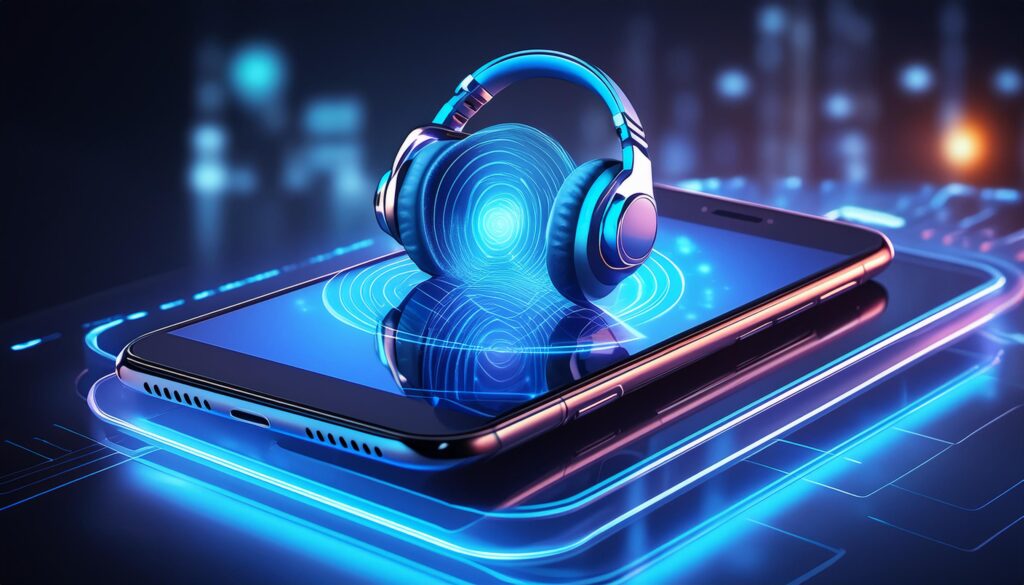
Bluetooth technology has revolutionized the way we connect our smartphones with other devices, offering seamless communication and enhancing user convenience. This article delves into the capabilities, advancements, and practical applications of Bluetooth in modern mobile devices.
Understanding Bluetooth Basics
Bluetooth is a wireless technology standard for exchanging data over short distances between devices. Initially designed for replacing cables in simple applications, it has evolved into a versatile tool for connecting smartphones to a wide array of peripherals and accessories. Key aspects of Bluetooth include:
- Range: Typically operates within a range of about 30 feet (10 meters), though newer versions have extended this range.
- Speed: Data transfer speeds vary across Bluetooth versions, with the latest iterations offering significantly improved rates for faster file sharing and audio streaming.
- Compatibility: Almost all modern smartphones are equipped with Bluetooth, ensuring compatibility with a vast ecosystem of devices such as headphones, speakers, smartwatches, and even smart home gadgets.
Evolution of Bluetooth Versions
Bluetooth technology has gone through several iterations, each bringing improvements in speed, range, and efficiency. The major versions include:
- Bluetooth 1.x and 2.x: Early versions focused on basic data transfer capabilities.
- Bluetooth 3.x: Introduced higher data transfer speeds and enhanced power efficiency.
- Bluetooth 4.x (including Bluetooth Low Energy): Notable for its low power consumption, enabling connectivity with devices like fitness trackers and IoT devices.
- Bluetooth 5.x: The latest standard, offering increased range, higher data transfer speeds, and enhanced broadcasting capabilities. Bluetooth 5.x is ideal for applications requiring robust, low-latency connections, such as wireless audio and smart home setups.
Practical Applications
Bluetooth technology enhances smartphone functionality in various practical ways:
- Wireless Audio: Connect Bluetooth headphones or speakers for a tangle-free listening experience.
- Peripheral Connectivity: Pair wireless keyboards, mice, and game controllers for productivity and gaming on the go.
- Smart Home Integration: Control smart bulbs, thermostats, and security systems directly from your smartphone.
- Data Sharing: Quickly transfer files between devices without the need for cables or internet connectivity.
Future Trends and Innovations
Looking ahead, Bluetooth technology continues to evolve with advancements such as:
- Bluetooth Mesh Networking: Enabling large-scale device networks for smart homes and industrial applications.
- Improved Audio Quality: Enhanced codecs and protocols for better wireless audio fidelity.
- IoT Integration: Facilitating seamless connectivity across a growing ecosystem of interconnected devices.
Conclusion
Bluetooth remains a cornerstone of modern smartphone connectivity, empowering users with the ability to seamlessly interact with a diverse range of devices. Whether for entertainment, productivity, or smart living, Bluetooth technology continues to innovate, promising even more convenience and connectivity in the future. Stay informed about the latest Bluetooth advancements and smartphone features to make the most of your mobile experience.